
If you’ve been holding out on getting a new laptop this past holiday season, you probably made a safe bet. Earlier this month at CES, PC-makers like Asus, Dell, HP, Lenovo, Razer and Samsung showed off their latest wares. Many of these laptops promise longer battery life, faster performance, slimmer designs and the latest Thunderbolt and USB Type-C ports to keep you futureproof.
And then there were even a few concept designs—we’re not sure if or when these devices will hit the market—that were shown off at the annual technology showcase. Ranging from extremely big to diminutively small, no matter which device you prefer, there’s one thing that’s certain for PC shoppers this year: there’s never been a better time to buy a new laptop.
Let’s take a look at the 5 best mobile computing products from CES 2017:
Convertibles
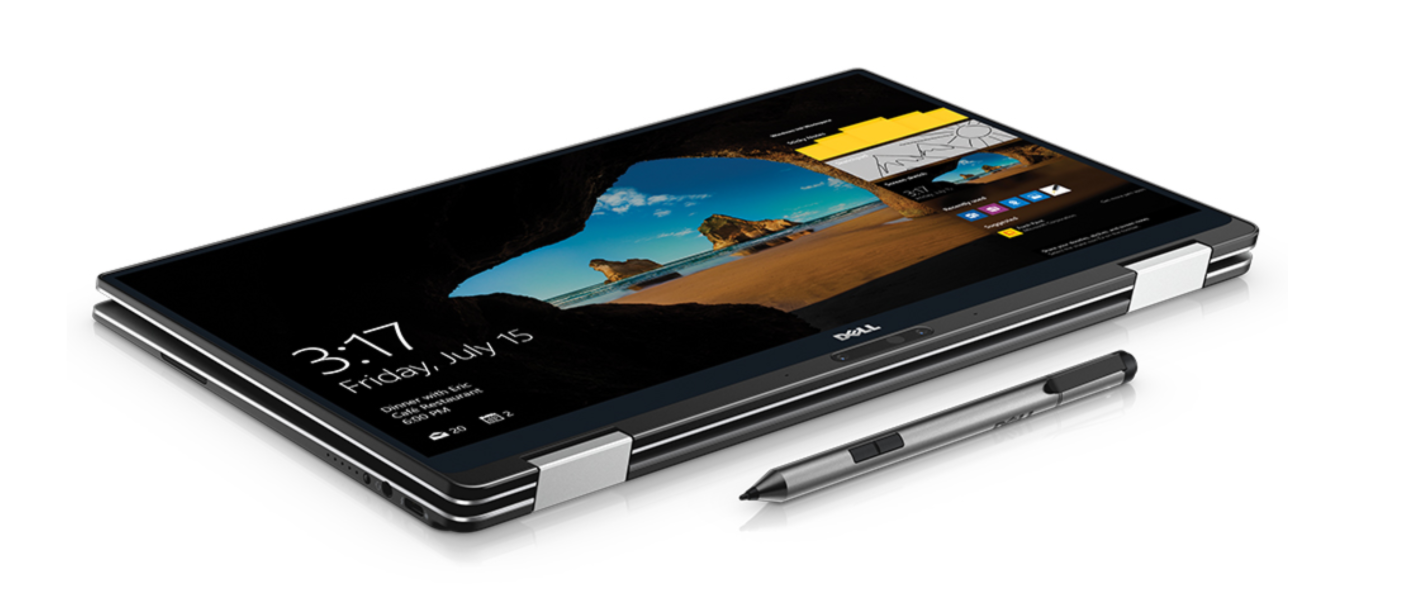
One of the best PC laptops on the market in the past few years has been Dell’s excellent XPS 13. Unfortunately, however, until now, the XPS 13 only came in a traditional laptop configuration..
That changed in 2017, and Dell took its metal-clad and carbon fiber design from the XPS in creating the XPS 13 2-in-1. Unlike the standard non-convertible XPS 13, which uses a more powerful mainstream Intel Core i series processor, Dell opted for a more power conservative Intel Core m series CPU in its hybrid. The result is that the 2-in1 is lighter and comes with a slimmer profile than competing convertibles, measuring 0.32 inches at the thinnest edge and spanning to 0.54 inches at the thickest point, and comes with a quiet fanless design.
Equipped with Dell’s hallmark nearly bezel-free Infinity Display and option for a 4K screen, the XPS 13 2-in-1 is a terrific convertible option this year for those who want a slim, light and similarly powerful device. The downside is that in laptop mode, the webcam’s bottom placement leads to unflattering angles for video chats.
If you need something a bit more robust, be sure to read our reviews of the HP x360 and Lenovo Yoga 920, both of which come with Intel’s Kaby Lake chipset in late 2016. HP also introduced a larger version of the 2016 Spectre x360 at CES. This model comes with a 15-inch display alongside a higher resolution 4K screen.
Business Class
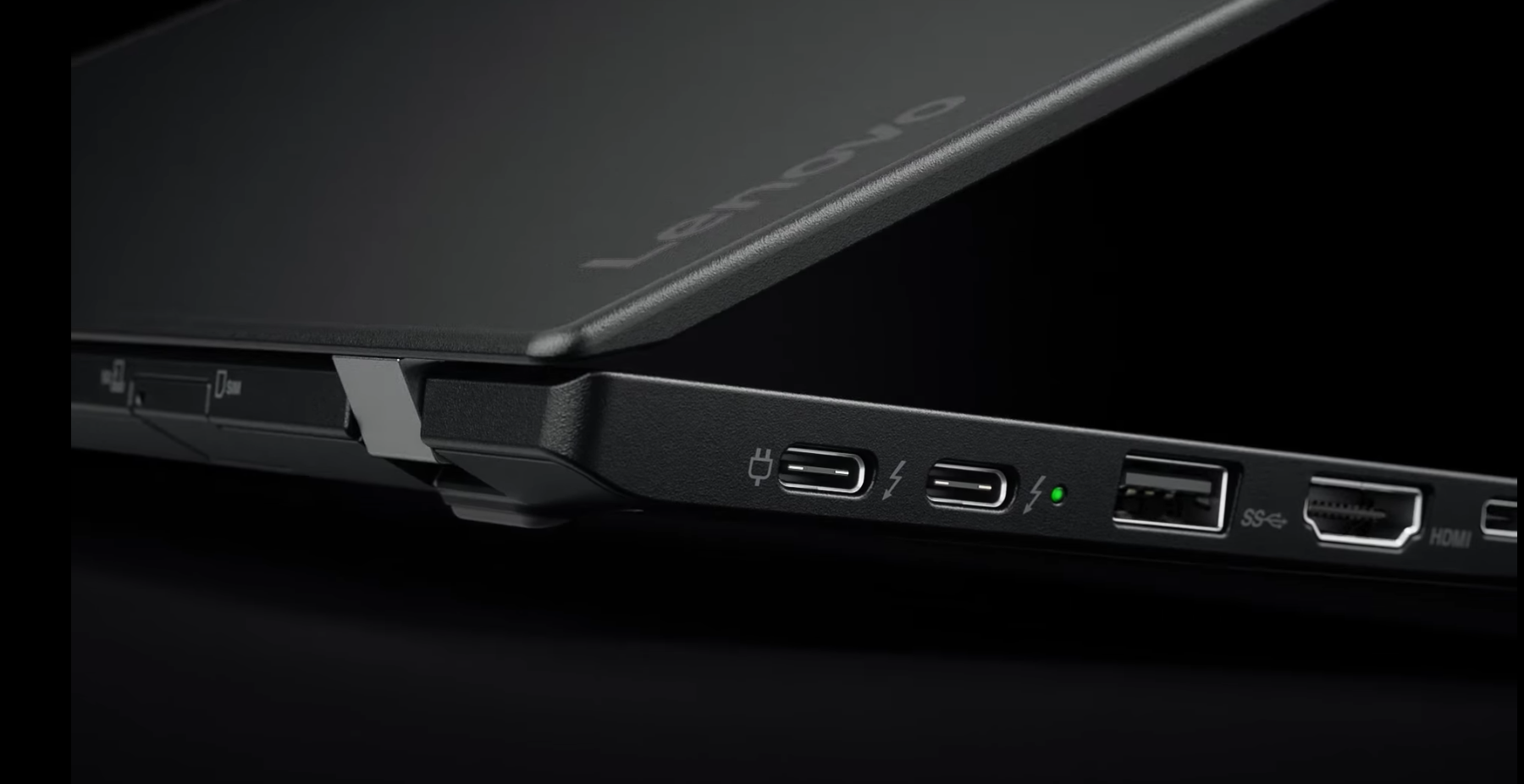
Lenovo’s ThinkPad line has always been the gold standard against which business laptops are measured against—these devices comes in a minimalist, non-offensive black body, durable build quality, highly responsive keyboard and reliability. The flagship of the ThinkPad line for Ultrabook-seeking C-suite executives is the ThinkPad X1, and Lenovo introduced a number of updates to its ThinkPad X1 Carbon, making it an even more attractive tool to get work done.
The fifth generation of Lenovo’s ThinkPad X1 Carbon retains its 14-inch display, but comes with much slimmer side bezels, similar to the consumer Yoga 920 from late last year. Unlike Dell’s XPS line, Lenovo kept the webcam up top, giving you a far more flattering angle for your business video calls. There’s also an IR camera for touchless Windows Hello log-ins.
To keep things speedy, Lenovo also removed all bloatware—the ThinkPad X1 Carbon comes with as pure a version of Windows 10 as you can get. The 180-degree hinge is sturdy, and Lenovo promises up to 15.5 hours of battery with Intel’s Core i series Kaby Lake processor.
Despite a slimmed down profile—Lenovo still managed to cram in support for legacy ports in addition to the two Thunderbolt 3 ports, which serves double duty as a USB Type-C connector. You won’t get a 4K screen—the ThinkPad X1 Carbon maxes out with a 2K option —and photographers may bemoan the missing SD card slot.
If you want a convertible, Lenovo also updated its other products in the X1 lineup this year, including the ThinkPad X1 Yoga and the ThinkPad X1 Tablet.
Size Matters
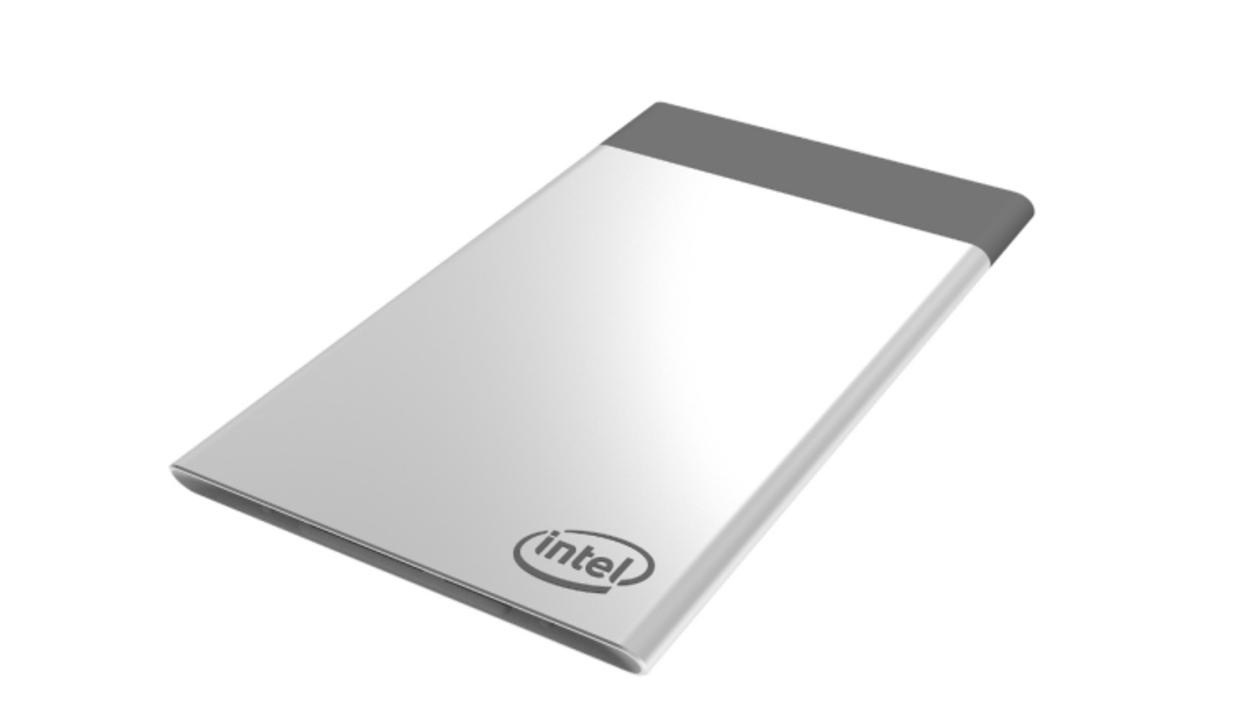
When you’re traveling, size matters and smaller is better. Chip-maker Intel is pushing new computing form factors further. After debuting the USB thumb drive-sized Compute Stick— which we reviewed last year—a few years ago, Intel is back this year with a credit card-sized PC. Dubbed the Compute Card, Intel is hoping that this new form factor will bring computing powers to more devices in a more modular form factor.
Intel hopes that you’ll be able to plug in the Compute Card into other devices—like smart appliances, digital signage displays, TVs and more—to add “smart” processing power. The idea is that you may want to keep a TV around for a while, the processing power inside your smart TV may become dated after just a few years. With a modular Compute Card, you can easily swap in a new card and update your TV’s processing power.
The Compute Card is expected to arrive mid-year, and partners include Dell, HP, Lenovo and Sharp.
Need for (Gaming) Speed
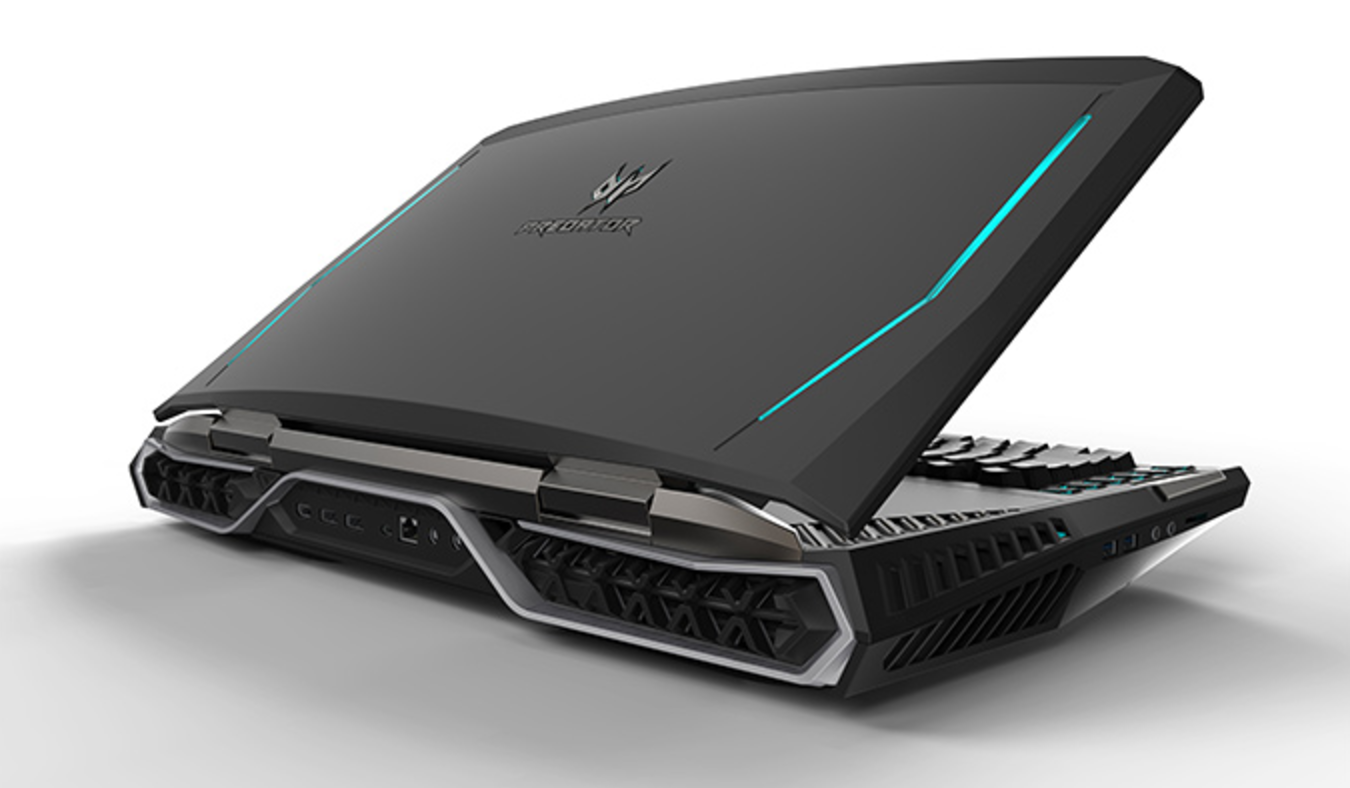
If you’re a gamer looking for a no-compromise gaming experience, Acer’s $9,000 Predator 21x should check off most of the boxes on your list. VR-ready: check. Curved 21-inch screen: check. Plenty of storage: check.
This mobile gaming rig—if we can even call it mobile at nearly 20 pounds—should last you for a while. It comes with two Nvidia GeForce GTX 1080 graphics card, meaning that it’s VR-ready, and a curved, wide 21:9 aspect ratio 2,560 × 1,080 resolution screen that supports Nvidia’s G-Sync technology for fast 120Hz refresh rates. The rig is powered by Intel’s 7th generation Core i7-7820HK processor that can be overclocked for even faster performance. To keep cool, there are five fans and nine heat pipes.
Other specs include a mechanical keyboard, four speakers and two subwoofers for audio and support for up to five storage drives. For controls, the modular keyboard design even allows you to swap between a number pad and a trackpad, depending on your gaming environment. The downside is that you’ll need two power supplies to run the Predator 21x and a lot of back muscle to tote this beast around.
Conceptual Computing
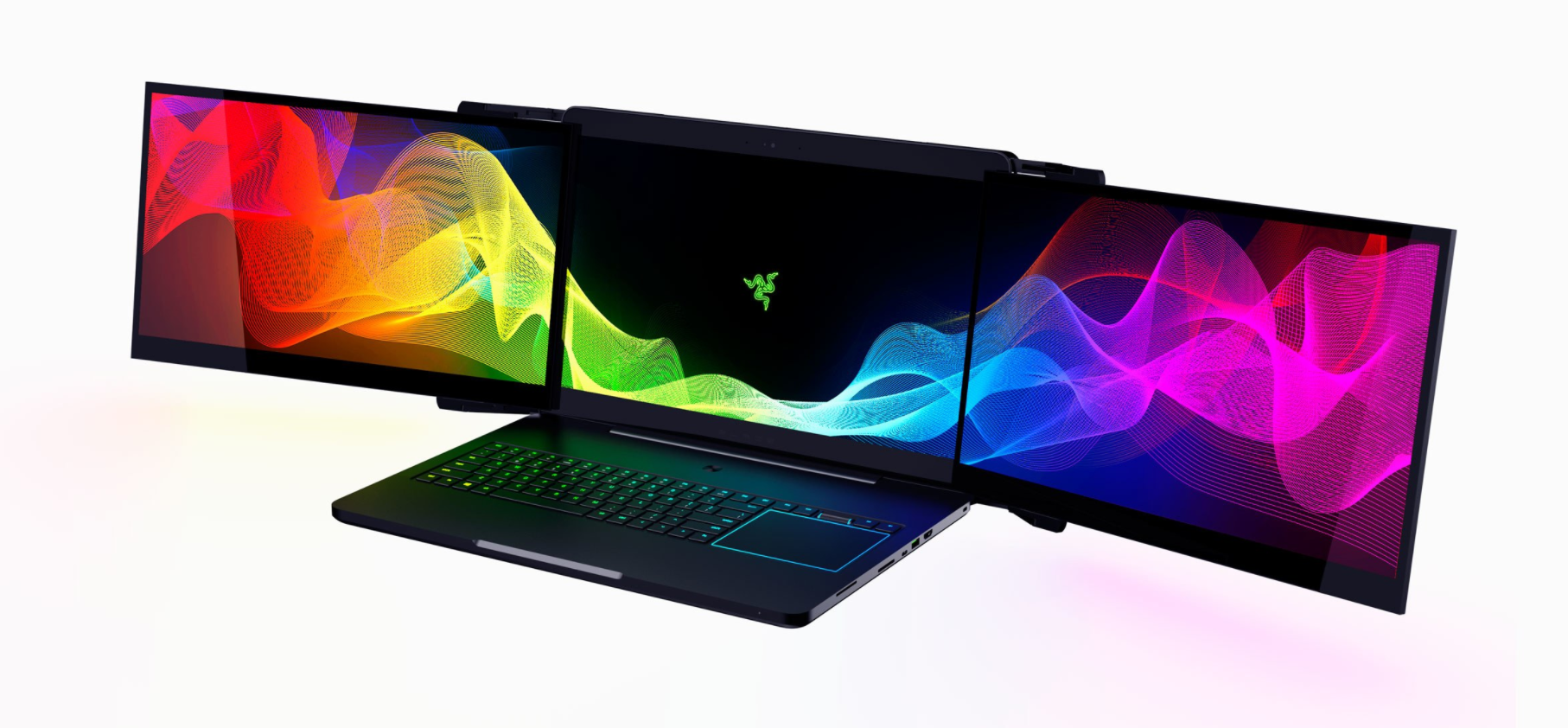
Razer’s brand may appeal most to gamers, but the company’s Project Valerie concept potentially has the power to make the hearts of office workers skip a beat. Whether you’re a day trader monitoring the market’s performance or someone who lives in Excel, there’s a lot to like about Project Valerie’s triple display laptop.
Razer’s concept comes with three 4K IGZO displays, each measuring 17.3 inches. Gamers will feel immersed in the action, and multitaskers will rejoice at the fact that the won’t have to sacrifice screen real estate or a dual-monitor setup while mobile. Razer claims you’ll have a 18-degree field of view for gaming, or the rough equivalent of a 46-inch 12K ultrawide monitor. Given how many pixels the system has to push with three high resolution displays, it’s unclear what the battery life will be like.
Powering Valerie is last year’s 6th generation Intel Core i7 processor, Nvidia’s GTX 1080 graphics and a mechanical keyboard. The GPU makes this setup VR-ready. Unlike Acer’s more robust gaming rig, Project Valerie is a lot more portable. Nearly half as light at 12 pounds, the entire setup is just 1.5 inches thick when the two side displays fold in for easy transport.
The only downside is that Razer is mum on if and when Project Valerie will be available for purchase.